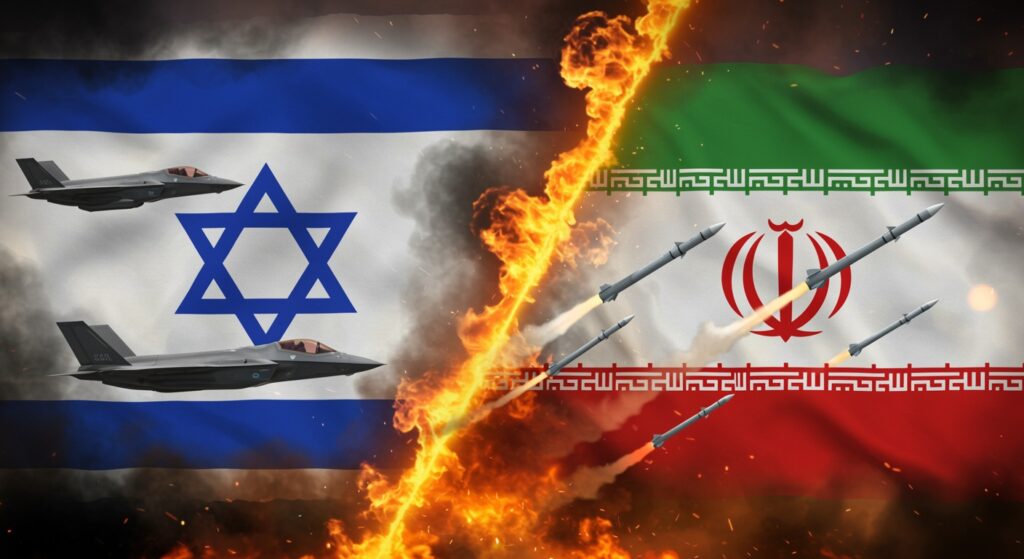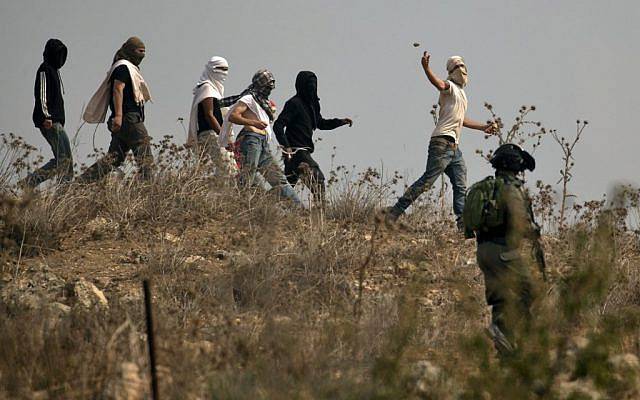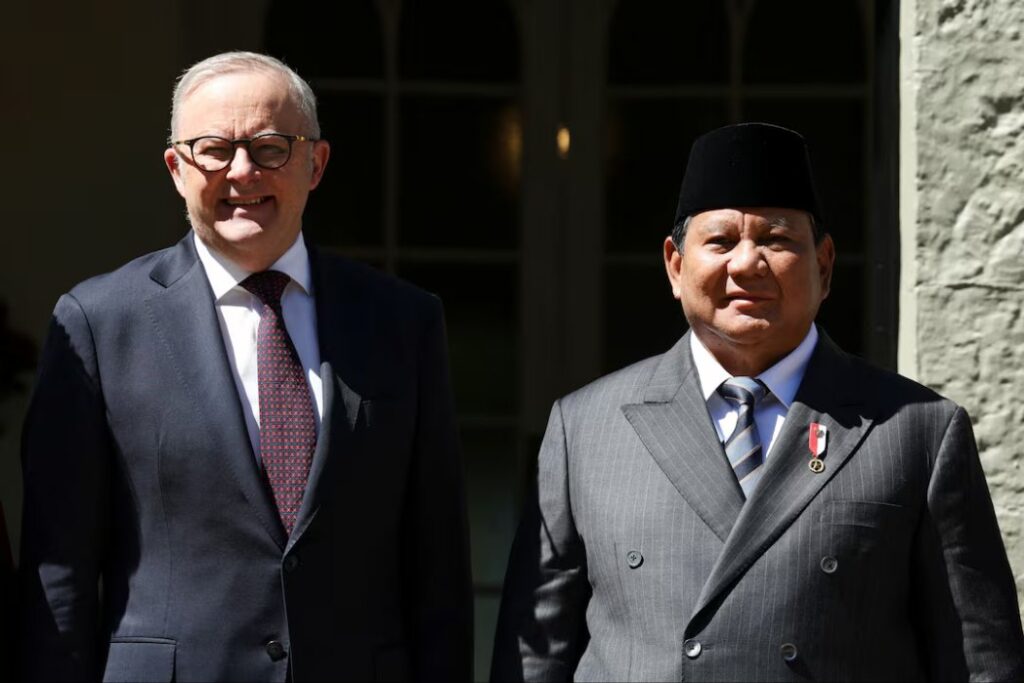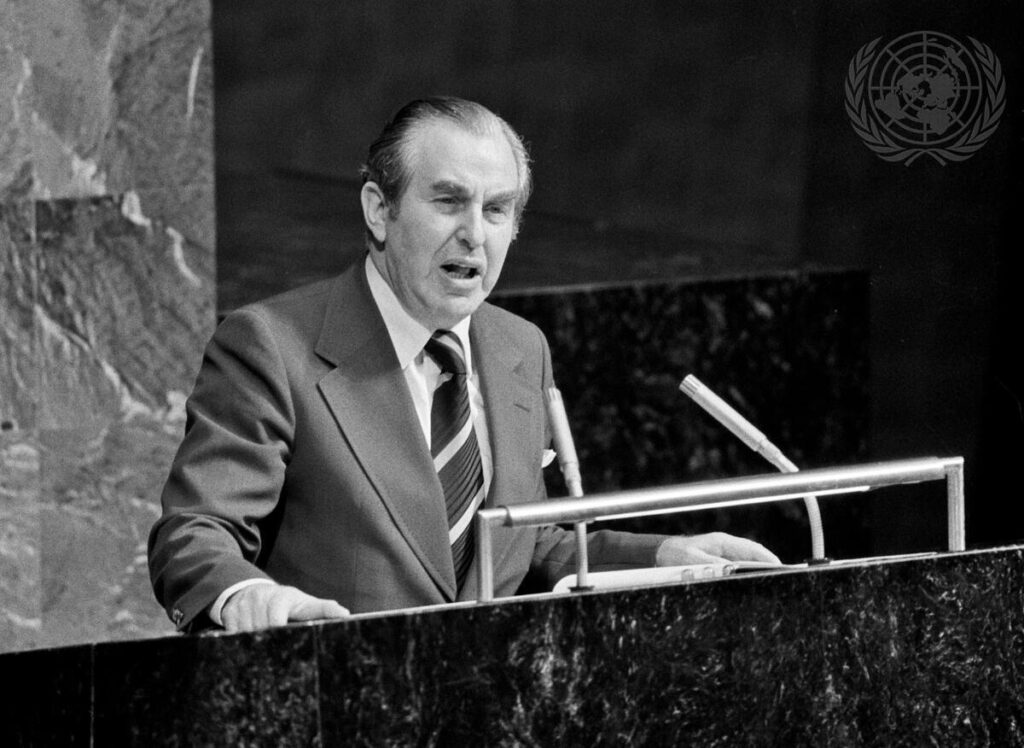IN THE MEDIA
In defence of ‘coercive questioning’
January 18, 2006 | Ted Lapkin
By Ted Lapkin
The Age – January 18, 2006
Political commentator Walter Lippmann once remarked: “When distant, unfamiliar and complex things are communicated to great masses of people, the truth often suffers a radical distortion.” Novelist Salman Rushdie demonstrated the validity of that aphorism last week when he castigated the United States for complicity in the abuse of captured al-Qaeda jihadists (Opinion, 10/1).
Rushdie claimed America was defiling the moral fibre of humanity by temporising with torture, and debasing the English language by cloaking barbarism beneath the crass euphemism of “extraordinary rendition”. “Where one begins by corrupting language, worse corruptions inevitably follow,” he warned.
For one who proclaims such fidelity to semantic exactitude, Rushdie plays remarkably fast and loose with both language and fact. He hoists himself with his own petard when he muddles the legal status of torture in the US as well as the precise meaning of that term.
Rushdie would doubtless be surprised to learn that American law outlawed torture long before Senator John McCain recently introduced legislation into Congress that would ban coercive interrogation techniques. Since the 1970s, the US code has provided 20 years imprisonment for “an act committed under colour of law specifically intended to inflict severe physical pain and suffering”.
While a handful of American personnel have violated this ordinance, we have come to know about such isolated incidents through the US military’s own investigations. But the real argument is about what the regulations say, not about whether these rules have occasionally been broken and the perpetrators court-martialled.
The statutes’ language precisely echoes the definition of torture established by the binding international treaty on the subject – the UN Convention Against Torture. Rushdie maintains that “the internationally accepted description of torture (is) – ‘cruel, inhuman or degrading punishment’.” Wrong.
The UN treaty’s drafters carefully defined torture as the intentional infliction of “severe pain or suffering” for political or military purposes. The narrow wording of the convention reflected the eternal dilemma that faces all lawmakers: those who try to ban everything will end up banning nothing.
History demonstrates that overly ambitious laws are guaranteed to be violated.
The convention’s authors sought a pragmatic balance between what was desirable and what was achievable. Rather than over-reaching by casting a broad net that was full of holes, the convention established a two-tiered system that would focus on the most egregious human rights abuses.
Thus Article 1 of the UN convention features an unconditional ban against torture, narrowly defined. Yet by contrast, Article 16 merely urges parties to forgo “other acts of cruel, inhuman or degrading treatment or punishment which do not amount to torture”.
With diplomats prone to haggle over every mark of punctuation, international treaty language is extremely precise. An obligation to “undertake to prevent” is clearly not the same as an absolute prohibition.
And there is a valid reason for this. While outlawing “degrading treatment” might sound righteous in theory, in practice such a provision would hobble our ability to combat crime, much less terrorism. Throughout Australia, police routinely employ psychological pressure tactics to coerce confessions from offenders. But threatening suspects with longer prison terms and “good cop-bad cop” role-playing are forms of degradation that Rushdie would apparently wish to prohibit.
In essence, Rushdie thinks that someone who is captured on a foreign battlefield while fighting with al-Qaeda should be handled in the same manner as a Footscray burglar. The novelist wants uncommon terrorists treated as if they were common thieves.
Lesser categories of coercive questioning must be available to intelligence authorities in extraordinary circumstances. One such instance arose at Guantanamo during the interrogation of an al-Qaeda operative who turned out to be the elusive 20th 9/11 hijacker.
Mohammed al-Qahtani was denied entry to the US in August 2001, when an alert immigration officer noticed irregularities with his passport. After his later capture in Afghanistan, it became clear that al-Qahtani was well-schooled in the art of resistance to interrogation.
His obstructionism and importance caused Washington to authorise a more rigorous questioning regime. Over a six-week period in late 2002, the Saudi prisoner was forced to shave his beard, listen to Christina Aguilera recordings and watch puppet shows that satirised al-Qaeda. The most extreme interrogation tactic occurred when a female American soldier poured red ink on al-Qahtani while declaring that the liquid was menstrual fluid.
Were those measures degrading? Surely. Were they inhumane? Perhaps. But did those methods meet reasonable definitions of torture? Absolutely not.
In July 2004, the Chicago Tribune reported: “Recent information from Guantanamo has derailed plans for attacks during the Athens Olympics next month and possibly forestalled at least a dozen attacks elsewhere.” If inflicting mild discomfort on an al-Qaeda operative prevents a mass-casualty terrorist incident, is that a greater act of immorality than allowing the slaughter of children to proceed?
Salman Rushdie seeks to apply Marquess of Queensberry rules to a war against a global jihadist movement that exults in the massacre of civilians. But shouldn’t the right of innocent people to life stand for something too?
Ted Lapkin is director of policy analysis for the Australia/Israel and Jewish Affairs Council.
Tags:





